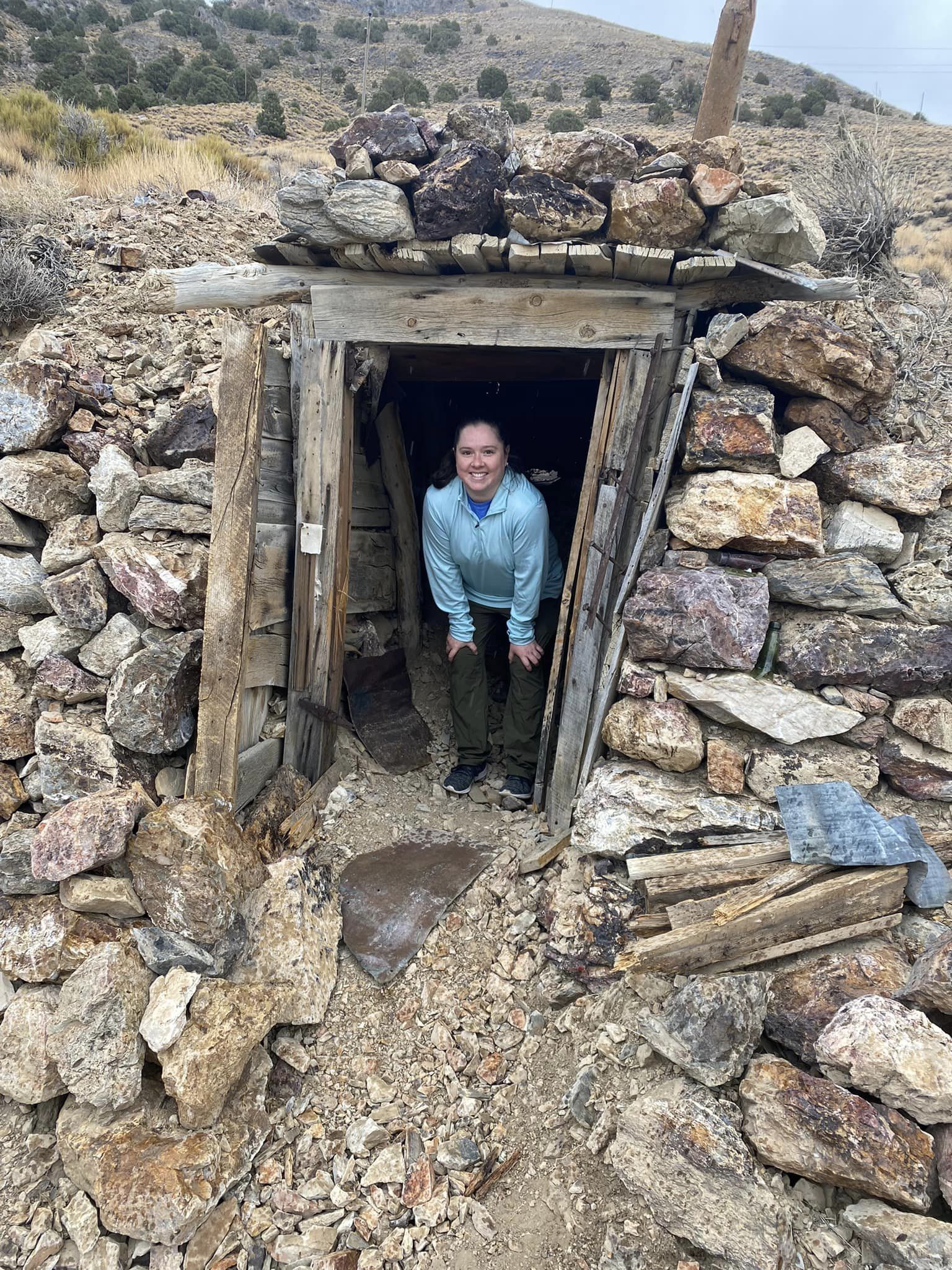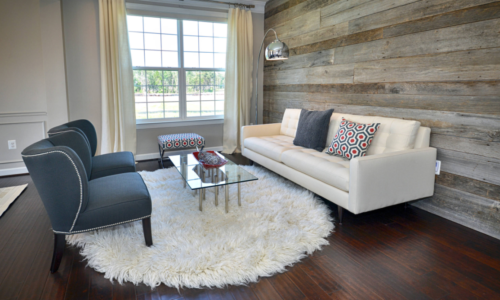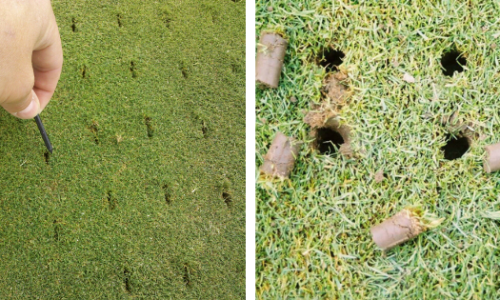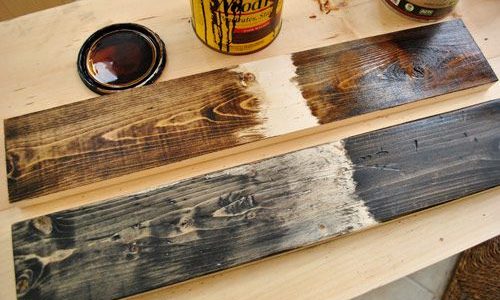A home provides safety, shelter and security. Because we spend more than 50 percent of our lives indoors, it’s important to make sure you have a healthy home. Good mental and physical health depends on homes that are well maintained and free of hazards. Understanding, identifying and eliminating the dangers that may be in your home, can help protect the health of you and your family. This article will discuss the biggest threats to keeping a healthy home.
Water Intrusion
Always be on the lookout for signs of a water leak. I can tell you first hand how much damage water can do to your home. One night when we were all sleeping, our dishwasher’s water line broke. It flooded almost the entire lower level of our home, as well as parts of the basement. It ruined the hardwood floors and half of the lower level had to be completely gutted.
This was not something that could have been prevented but it shows the amount of damage that water can do to your home.


Signs of water intrusion:
- Water spots that get bigger over time.
- Lingering musty odor
- Dampness or moisture droplets on hard surfaces
When you do have water damage, such as a flooded basement it’s important to thoroughly clean the area and dry the carpet to prevent mold growth.
Mold
It’s no secret that some molds can cause health problems especially in people with allergies and asthma. Did you know that mold can grow indoors on concrete, wood, plaster, drywall, furniture and carpet? It’s often gray, black or white and has a musty, stale odor.
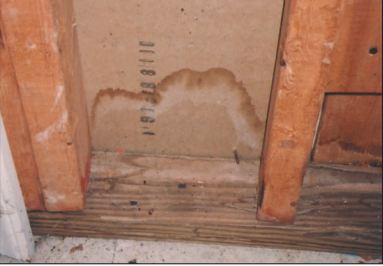
Mold may be hidden in places like on the back side of drywall or paneling, the top side of ceiling tiles and the underside of carpets and pads, etc. Mold indicates the presence of moisture. Moisture control is the key to mold control. When water leaks or spills happen indoors, it’s important to dry out any materials within 24-48 hours to prevent mold growth.
To remove mold, you’ll want to clean surfaces with a mix of one cup use 1 cup of
chlorine bleach to 1 gallon of water
Volatile Organic Compounds (VOCs)
VOCs are gases emitted into the air from certain solids or liquids. VOCs come from a variety of chemicals that can affect your health. These chemicals are widely used in common household products like paints, varnishes, solvents, cleaners, disinfectants, pesticides, etc.
VOCs can irritate your eyes, nose, throat and lungs. VOCs can damage the central nervous system as well as other organs. To protect yourself from VOCs, add ventilation when using products with VOCs indoors. Look for low or no VOC products. You can find more information on VOCs here.
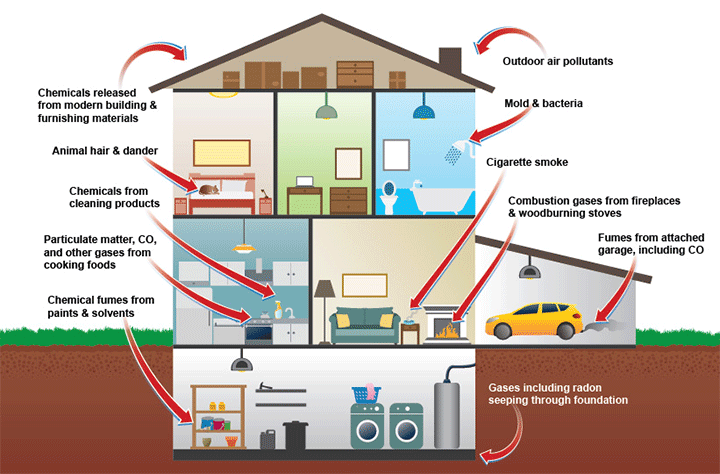
Carbon Monoxide
Carbon monoxide is a deadly gas that is both odorless, taste-less. CO can come from faulty or non-vented fuel-burning appliances like:- Gas water heaters
- Gas clothes dryer
- Gas cooking stoves/ovens
- Gas and kerosene space heaters
- Propane grills
- Cars, trucks, and other vehicles
- Blocked chimneys and flues
Radon
Radon is a radioactive gas that is odorless and taste-less just like carbon monoxide. Radon is found in soil and rocks, well water, and even building materials. Radon rises from the ground and migrates into homes and buildings through cracks and/or holes in the foundation.
The scary thing about radon is that it has no short-term recognizable symptoms which is why it’s important to test for it to make sure you have a healthy home. Breathing in the radioactive gasses over a long period of time can cause damage to cells deep within the lungs, increasing your risk of lung cancer. According to the EPA, radon is the second is the second-leading cause of lung cancer in the United States.
What you can do:
- Make sure to have a radon test done when purchasing a home.
- If you didn’t have a radon test done when you purchased your home, use a radon kit to test for it.
Lead
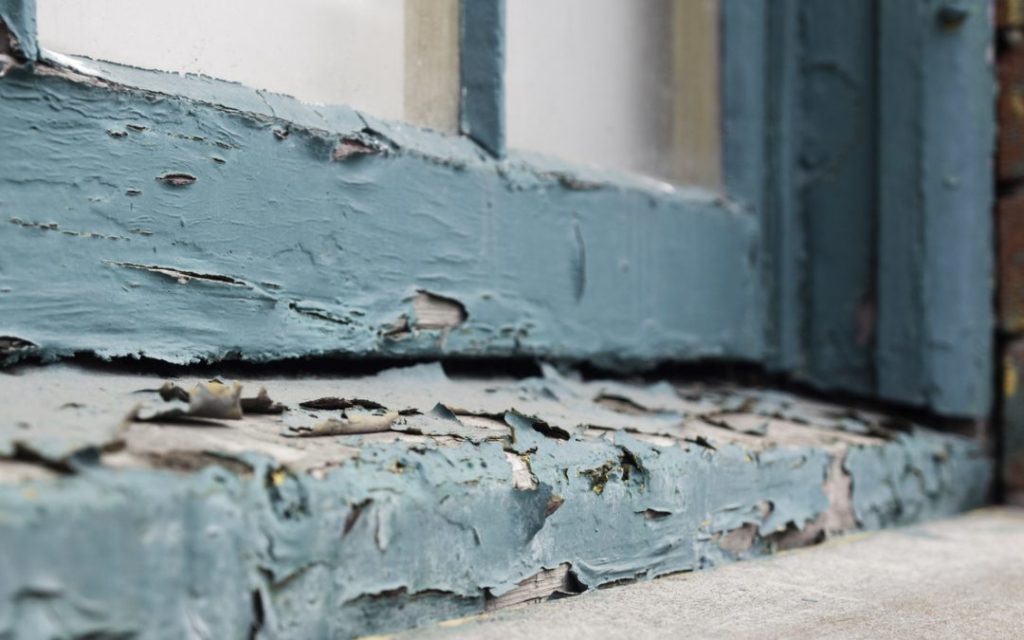
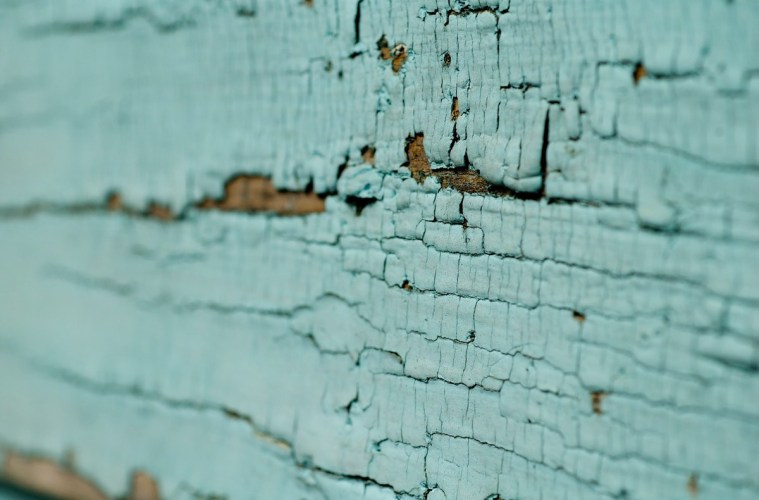
Lead was most commonly used in paint but can also be found in other sources like pottery, dirt, water, and toys manufactured in other countries. Lead is particularly dangerous for children and pregnant women. Babies and children are more likely to be exposed to lead because they often put their hands and other objects into their mouths. They can inhale dust from lead-based paint or lead contaminated soil.
What you can do:
- Determine if your home was built before 1978. Lead-based paint was outlawed in 1978, but all houses built prior to 1978 are likely to contain some lead-based paint.
- Test for lead using a test strip or lead testing wipe.
- Wipe your feet on mats before entering the home.
- Use caution when renovating your home. Common renovation activities like sanding, cutting and demolition can create hazardous lead dust and chips by disturbing lead-based paint. Learn more at EPA’s Renovation, Repair and Paint rule web page.
- For additional information, click here to read my article on keeping your home safe from lead and lead based paint.
Asbestos
Asbestos is a naturally occurring, fibrous mineral that is resistant to heat, electricity and chemical corrosion. Asbestos was once a common ingredient in construction materials like insulation, cloth, cement, paper, and plastic.
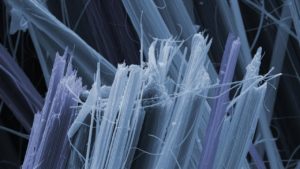
Asbestos fibers are odorless, tasteless and cannot be seen so it’s easy for a person to inhale or ingest the fibers without knowing. Once asbestos fibers are in the body, they will never dissolve. Exposure to asbestos will not present any immediate symptoms. Asbestos related illnesses can take 20-50 years to develop causing inflammation, scarring and genetic damage to cells in the body.
Products can still contain asbestos as long as the product doesn’t contain more than 1% of asbestos. In addition, there are a significant number of old homes and buildings that contain a high percentage of asbestos related materials because they were manufactured before the Asbestos Hazard Emergency Act (AHERA) in 1986. Consult a professional when determining if you have asbestos. Sometimes it’s safest to leave the asbestos material undisturbed while other times it should be removed.
Pests
Pests carry diseases and can damage homes. If you already know you have cockroaches, fleas, mice or rats, you need to know how big the problem is and where the source of the problem is located. Look for these signs:- Waste droppings
- Chew marks on walls and/or woodwork
- Open food packages or lots of crumbs in the pantry.
- Cracks, crevices and holes.
- Clutter such as garbage, paper bags, cardboard, and newspapers.
10 Additional Things to Keeping a Healthy Home.
- Check to make sure you have GFI’s in the required places like your kitchen and bathrooms.
- Throw out cracked cutting boards
- Use your range-hood fan when cooking.
- Seal stone counters. (Use a low VOC product)
- Use a vacuum with a HEPA filter.
- Clean hard floor surfaces regularly.
- Sanitize handheld devices regularly: Phones, remotes, keyboards, etc.
- Clean dryer vent and lint filter regularly.
- Replace your furnace filter regularly.
- Make sure smoke detectors are working properly.
Final Recap
There’s a lot of things that go into keeping a healthy a home. Understanding, identifying and eliminating the dangers that may be in your home, can help protect the health of you and your family.

